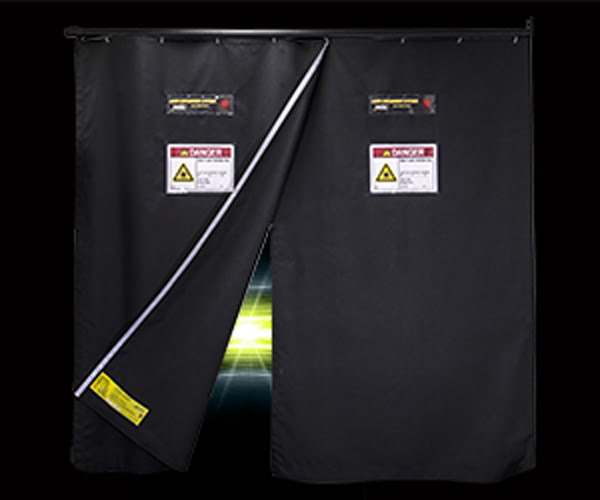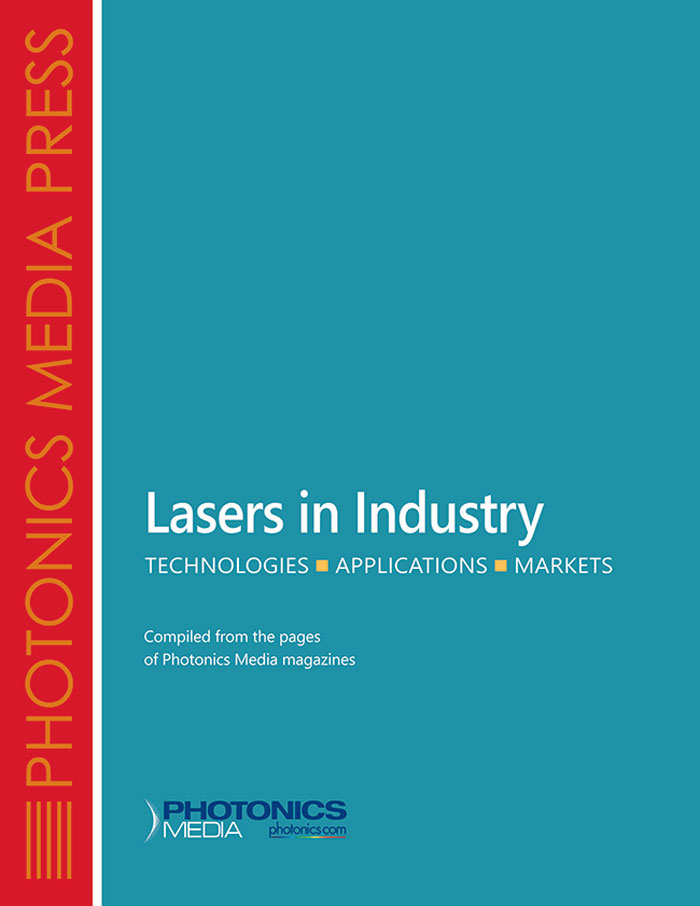|
Wednesday, August 28, 2019
|
|

|
|
|
A quarterly newsletter focused on the latest advancements in and applications for industrial lasers - from materials processing to metrology. Manage your Photonics Media membership at Photonics.com/subscribe.
|
|
|
|
sponsor
|

|
|
Measuring Up with High-Power Fiber Lasers
As power levels increase, fiber lasers have also become increasingly reliable, affordable, and easier to implement, thus they have found their way into more applications. Regardless of the industrial application, each system requires that the working laser beam be consistent and its performance verified.
|
|
|
|
|
|
New Pulsed Laser Poised to Cut Auto Production Time
European scientists are developing a new pulsed laser that has the ability to cut and shape ultrahigh-strength boron steel much faster and with less waste than existing technology. Operating at 1.5 km per second, the new laser will reportedly be powerful enough to cut the hardest boron steel used in car construction at 1 cm per minute.
|
|
|
|
|
|
 Kentek’s Hi Vis Curtain Door
Kentek’s Hi Vis Curtain Door
Kentek Corporation
A laser laboratory poses multiple safety hazards that can be harmful to individuals and equipment. Engineering and other control measures must be incorporated into the operation of lasers to maintain a safe environment. Laser safety barriers, either movable or free-standing, are often found surrounding the laser work environment and typically create low light conditions that make it difficult to locate egress points.
Visit Website
Request Info
|
|
|
 Lasers in Industry
Lasers in Industry
Photonics Media
Photonics Media has gathered articles and other valuable resources into a guide to the current use of lasers in industry, a reference tool and a resource for learning. This book is for anyone working on, implementing or considering the application of lasers for and in industrial settings for materials processing, quality control and production.
Visit Website
Request Info
|
|
|
|
|
|
Robust Optical Materials for Aerospace and Laser Applications
While single-crystal materials and ceramics are not as widely used for optical applications as glass, there are niche applications, such as aerospace, submarine optronic, and high-energy laser windows, for which these materials are favored. The choices for these applications often come down to three materials: sapphire, spinel, and aluminum oxynitride (ALON).
|
|
|
|
|
|
Ultrashort-Pulse Laser Could Solve Dilemma of Nuclear Waste Disposal
Researchers in Lithuania have developed an ultrashort-pulse laser that could eradicate nuclear waste and decrease the decay period from tens of thousands of years to seconds, hours, or months, depending on the material, they said. The Single Cycle Femtosecond high-intensity laser system (SYLOS) is an ultrashort-pulse laser that has the potential to solve the nuclear waste management problem.
|
|
|
|
|
|
Airborne Lidar Provides More Complete Picture of Atmospheric Gases
Researchers from Deutsches Zentrum für Luft- und Raumfahrt eV (DLR), Germany’s national center for aerospace, energy, and transportation research, have developed a laser-based system for airborne measurement of atmospheric gases. The distribution of these gases in the troposphere, the lowest layer of Earth’s atmosphere and where weather takes place, plays a central role in Earth’s climate.
|
|
|
|
|
|
A Safer, More Efficient Fiber Laser from Doping with Nanoparticles
Scientists at the U.S. Naval Research Laboratory (NRL) are using nanoparticles to build fiber lasers that are safer for the eyes and more efficient. The core of the laser’s silica fiber is doped with rare earth ions of holmium. With the aid of this dopant, the researchers were able to achieve an 85% level of efficiency with a laser operating at a wavelength of 2 µm.
|
|
|
|
|
|
Solving Challenges in Defect Inspection of Advanced Optics
Mon, Sep 23, 2019 1:00 PM - 2:00 PM EDT
This webinar, presented by Bruker Corp., will discuss how a white-light interferometry (WLI) optical profiler performs precise, fully automated defect inspection of advanced optical components such as lenses, mirrors, prisms, and windows. The noncontact WLI technique combines subnanometer vertical resolution over square-millimeter-large areas, enabling 100% inspection of high-quality optics through direct measurement of topography. Presenter Samuel Lesko will explain how customized analysis can easily spot the most minute defects, even in cases of complex surface geometry, and how customized analysis can automatically output critical information of detected defects (size, depth/height, orientation, location) without operator intervention or an etching step.
|
|
|
|
|